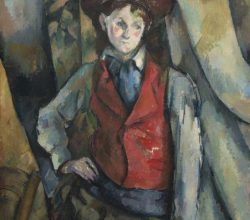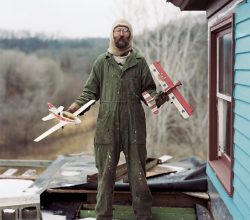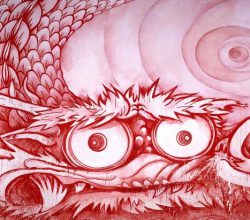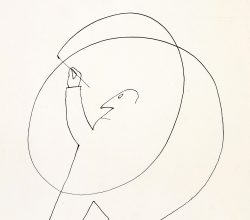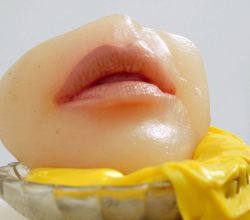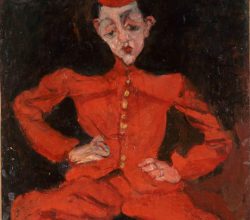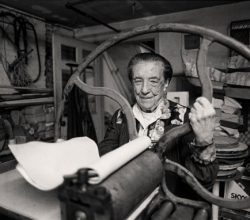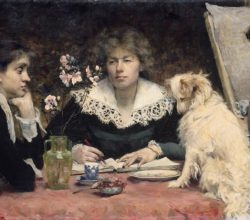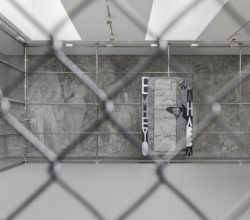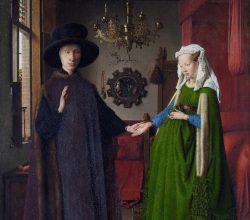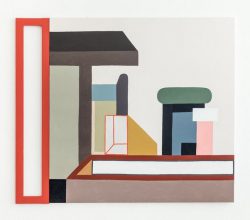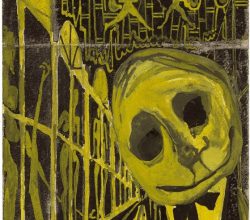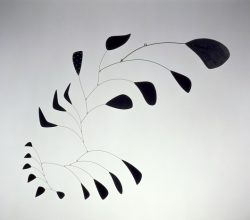
EASEL ESSAY Alexander Calder and the Optimism of Modernism: Jed Perl in Conversation with Morgan Meis
The-Easel | 31st October 2017
In the view of renowned US author and critic Jed Perl, Alexander Calder remains America’s greatest sculptor. Easel Contributing Editor Morgan Meis recently talked to Perl about his biography of Calder (“Calder: The Conquest of Time: The Early Years: 1898-1940″) the first volume of which has just been published.
“When so many emigres arrived from Europe – artists, writers – the Calders were the go-to people even for those they didn’t already know… In a larger metaphoric sense that is part of what mobiles are about. The Calders loved dancing. On New Year’s Eve, the Calders would entertain their friends at their house in Roxbury, Connecticut, and they would all still be dancing wildly in the early hours. You can see the connection between that social dancing and the idea of a mobile. Mobiles are about a sense of community, a sense of connectedness, the relations between people, the way parts go together.”
Image: Alexander Calder Vertical Foliage, 1941 © 2017 Calder Foundation, New York / Artists Rights Society (ARS), New York

